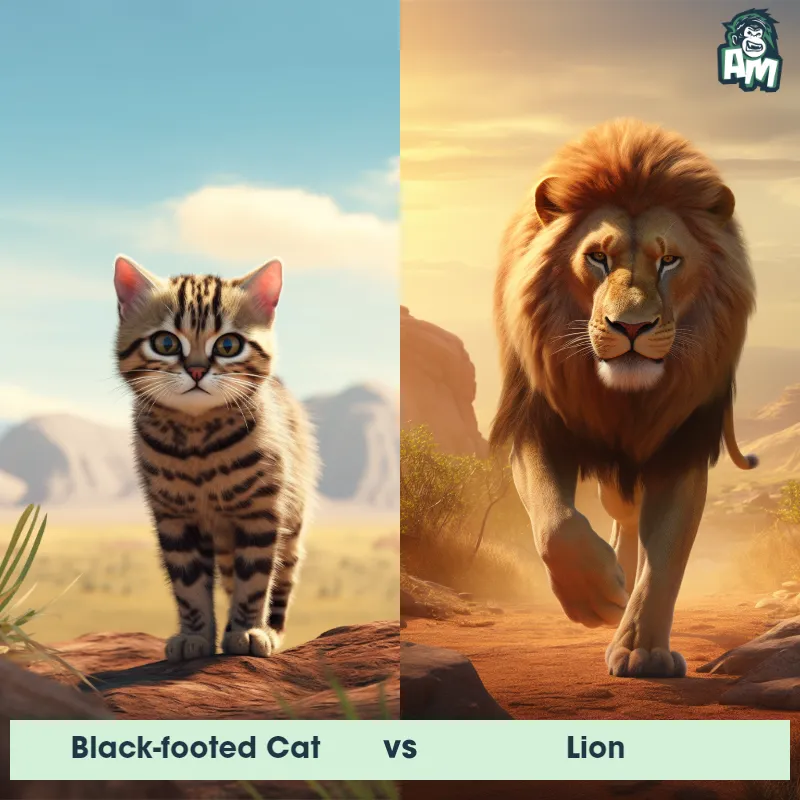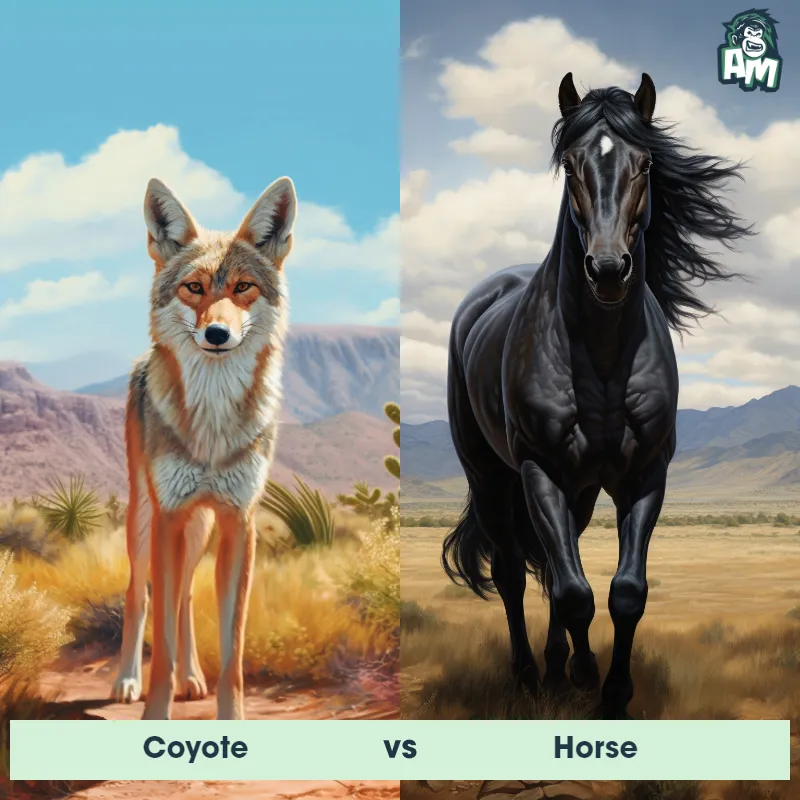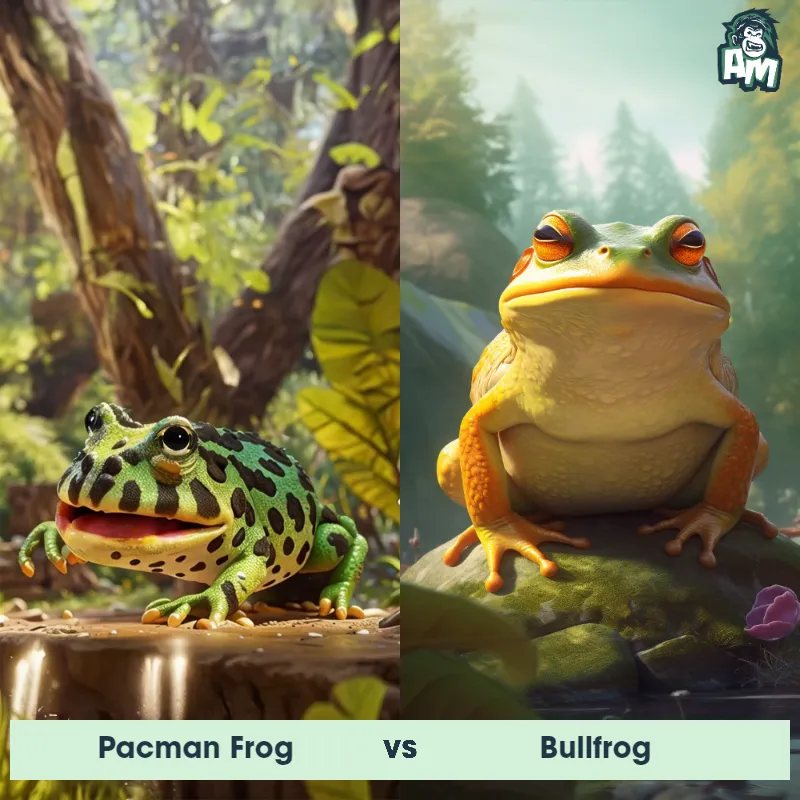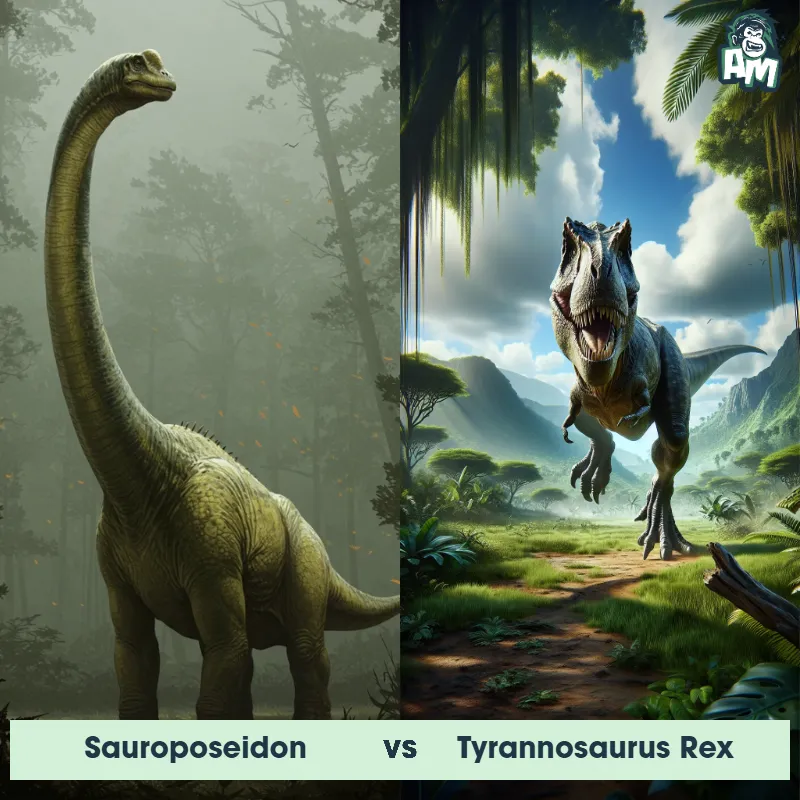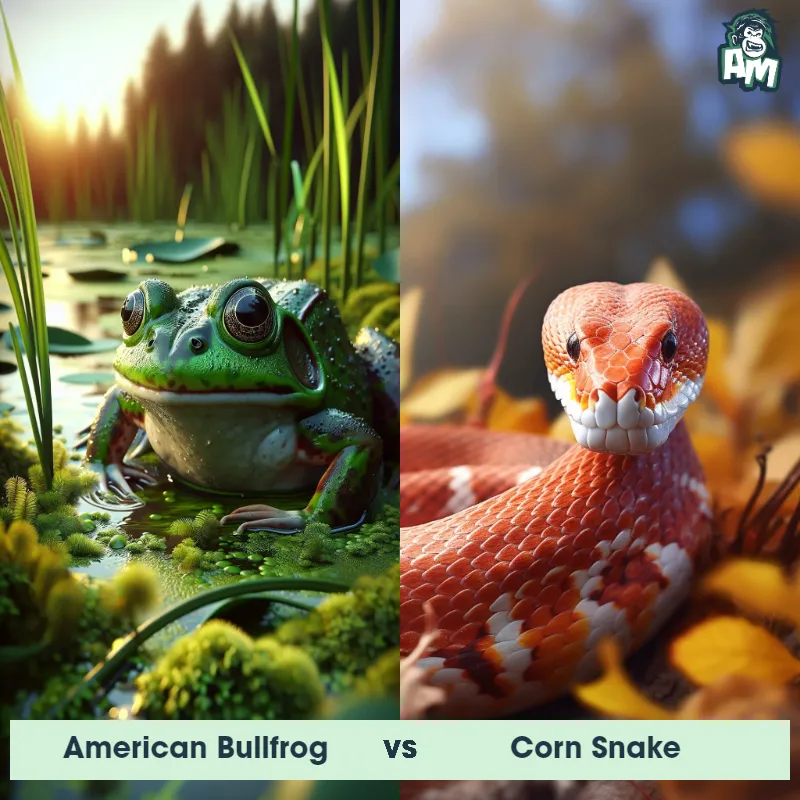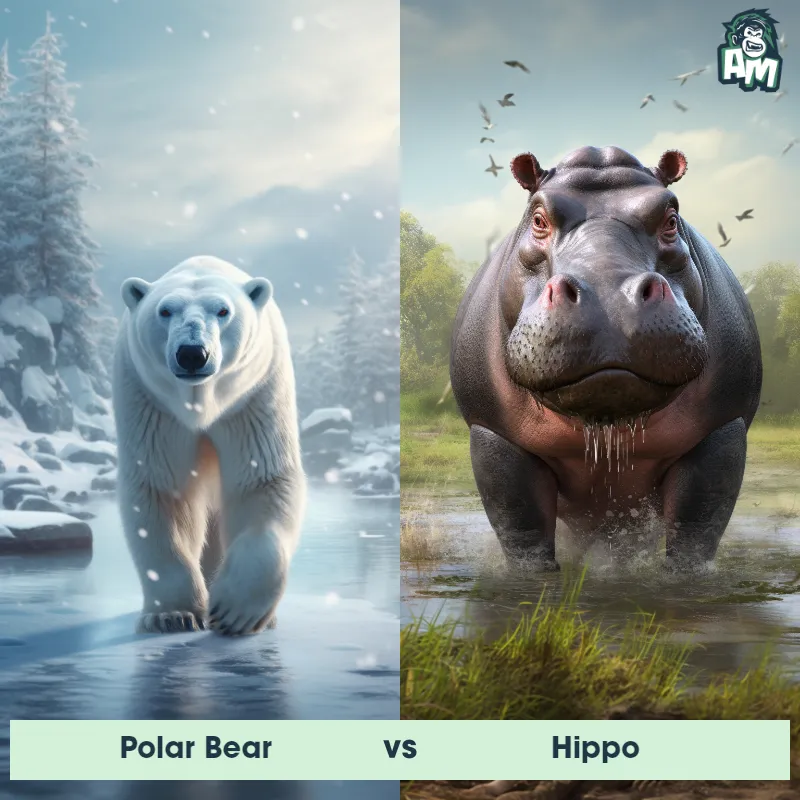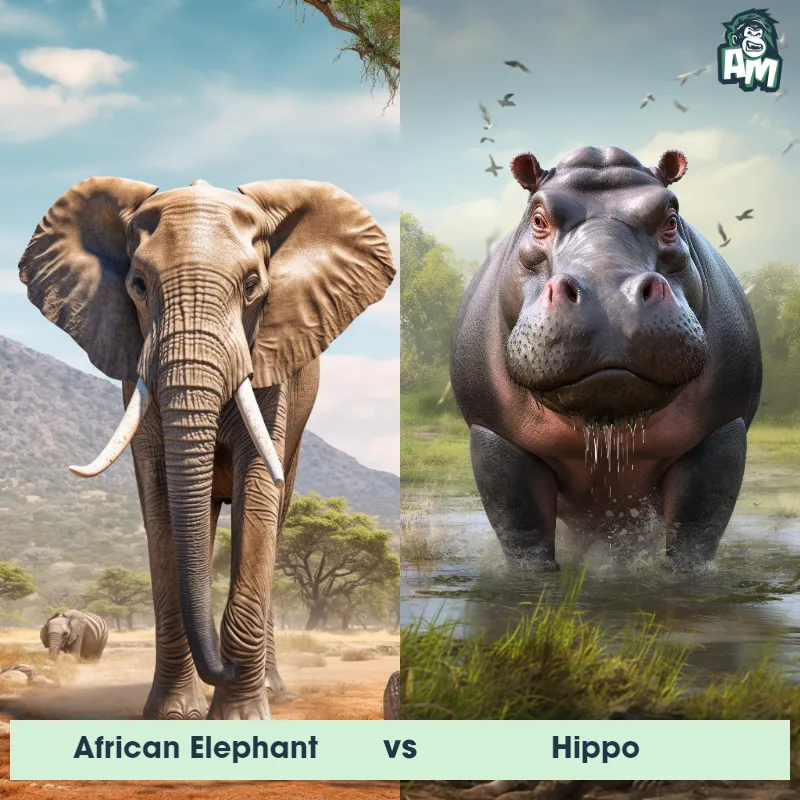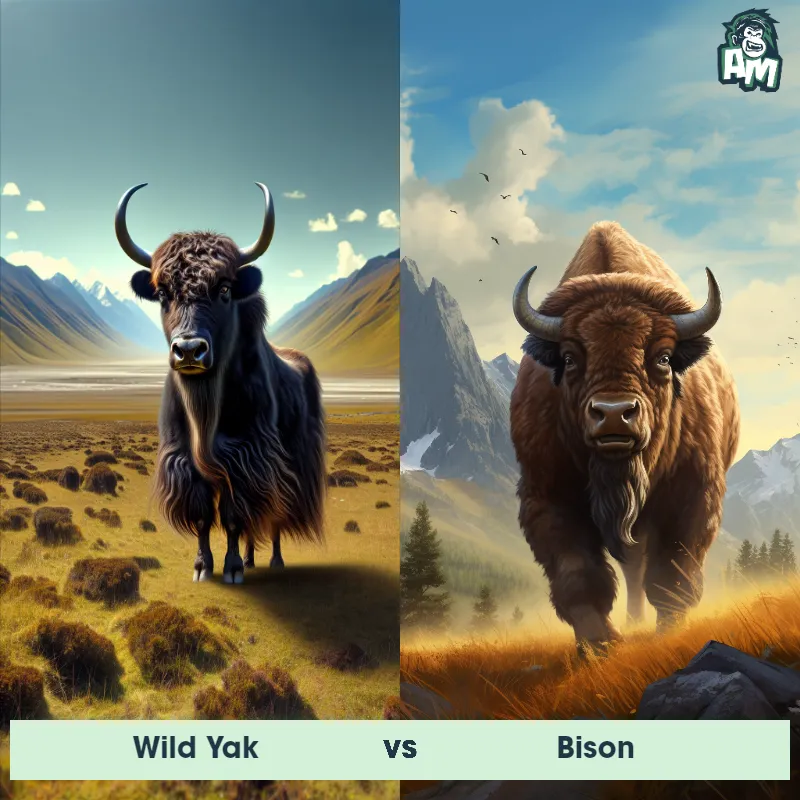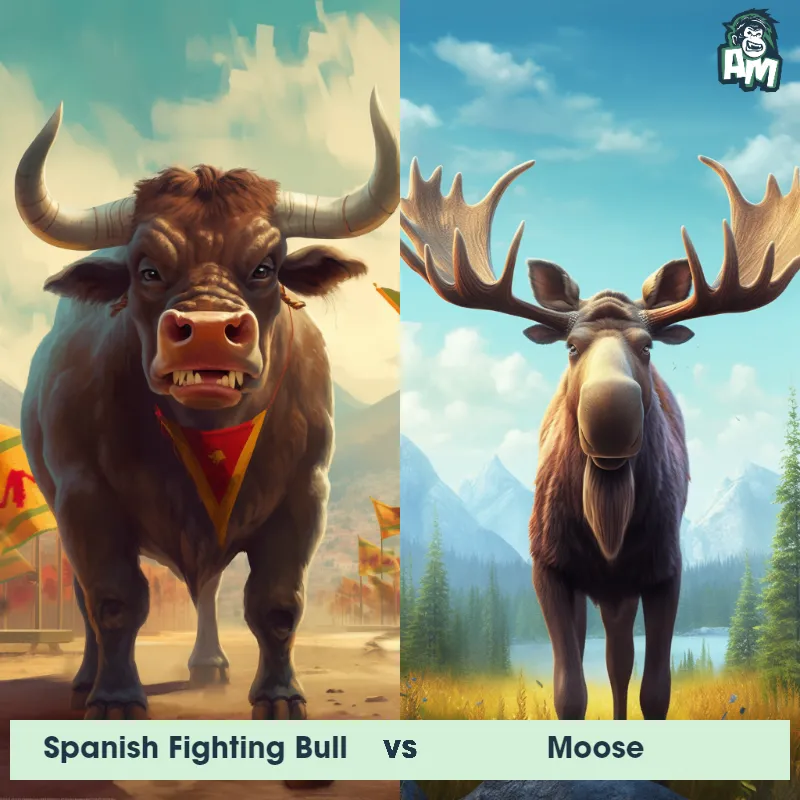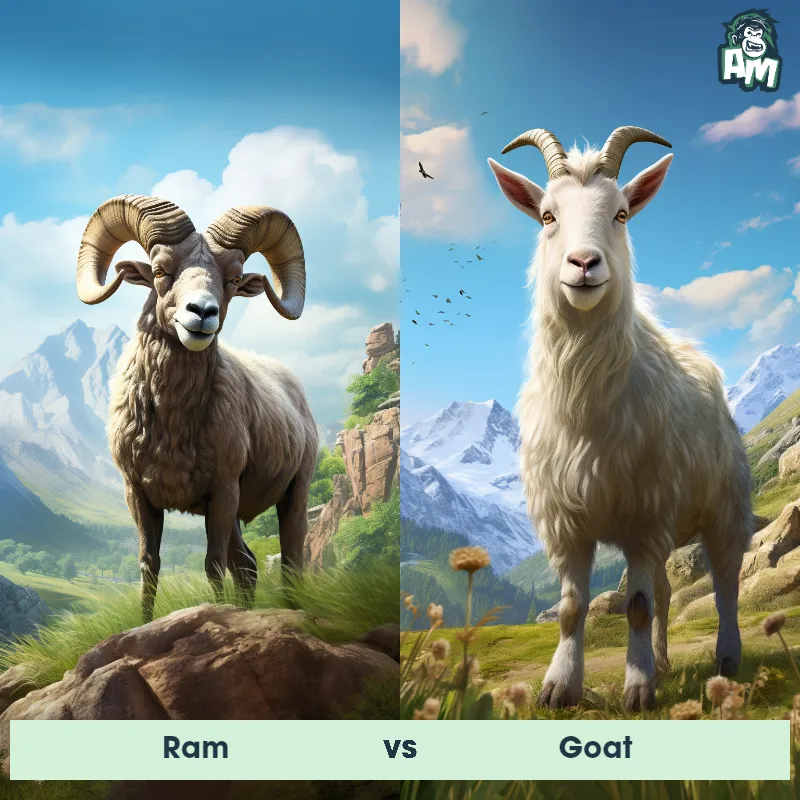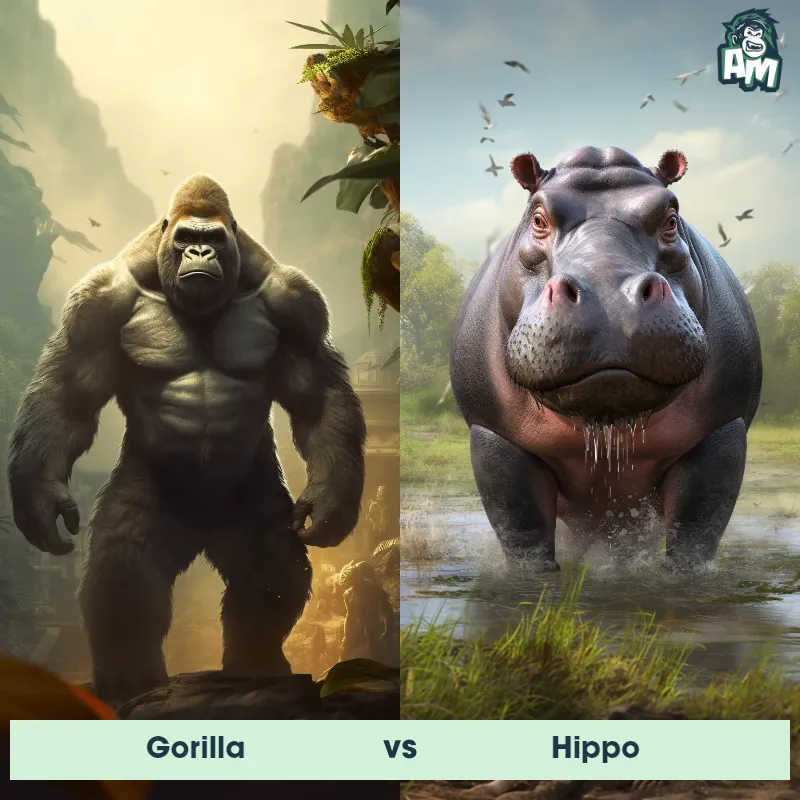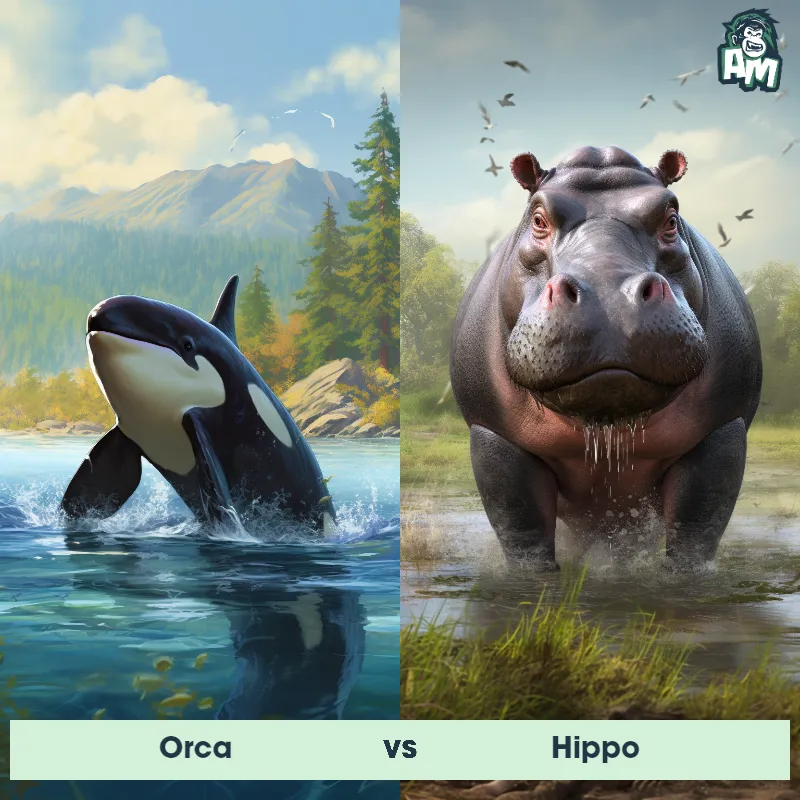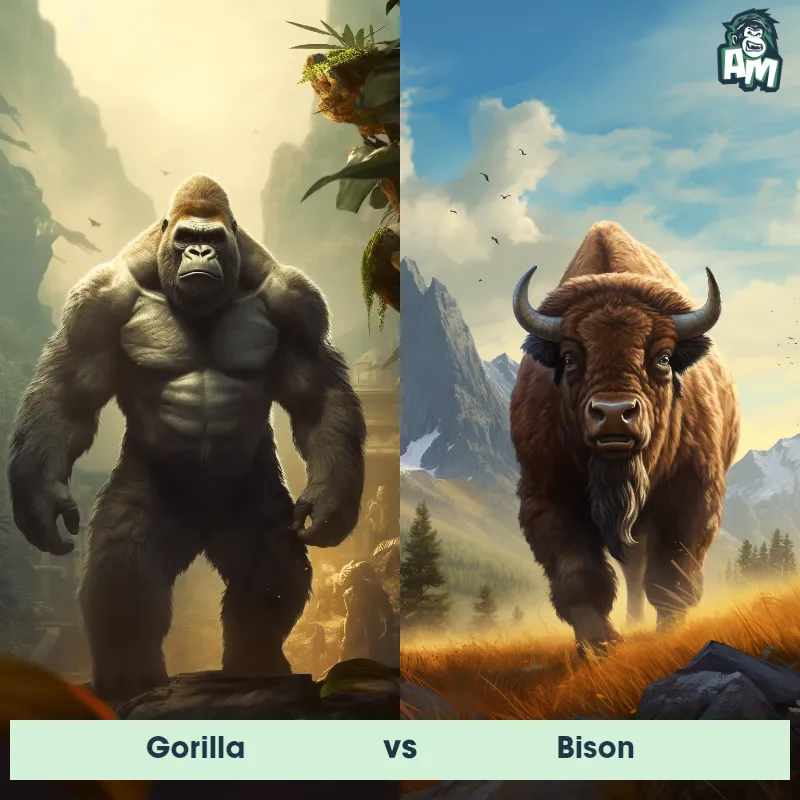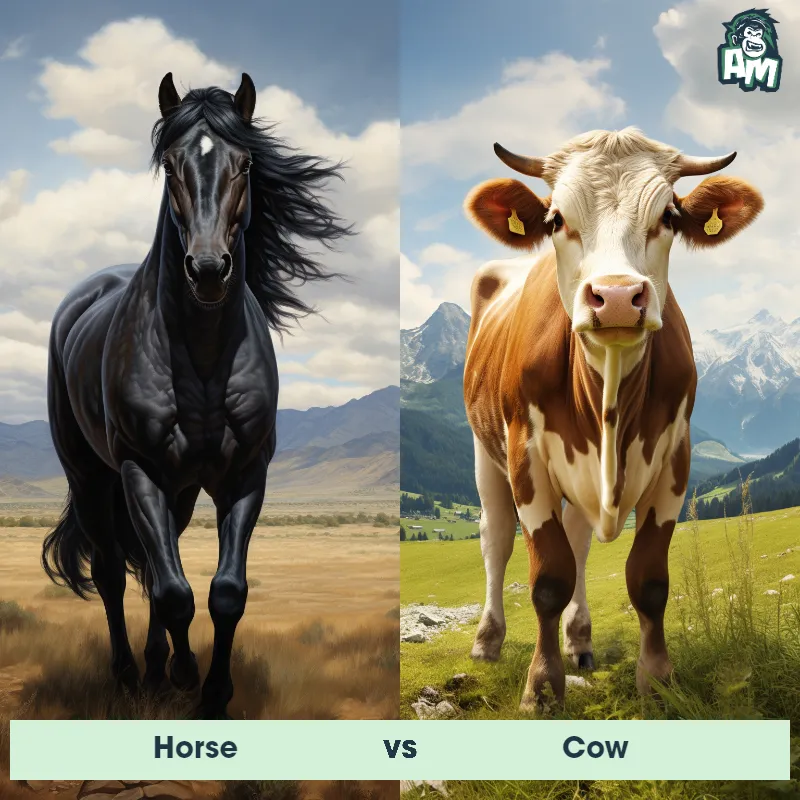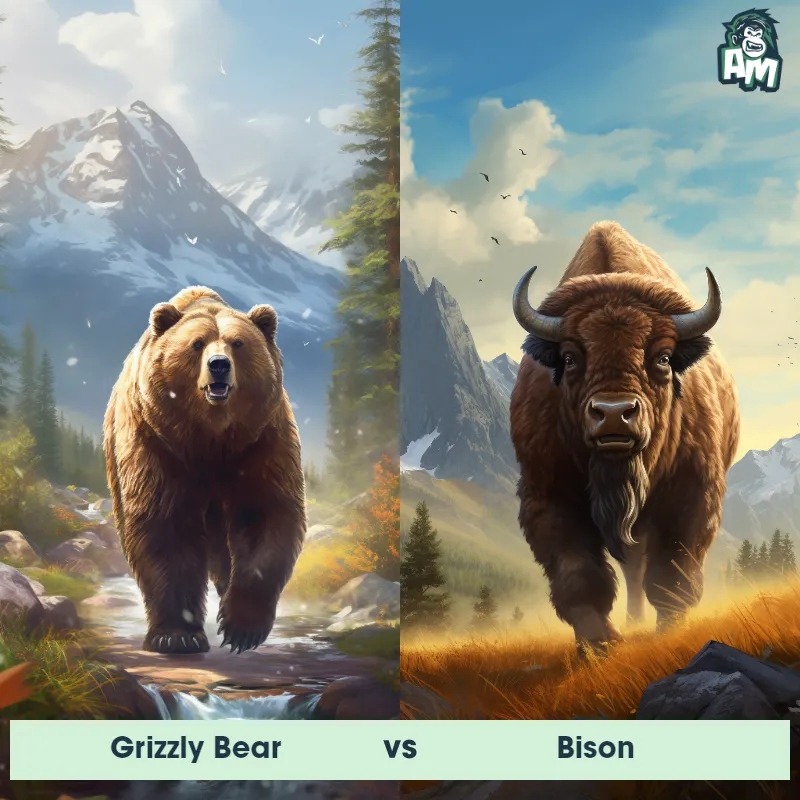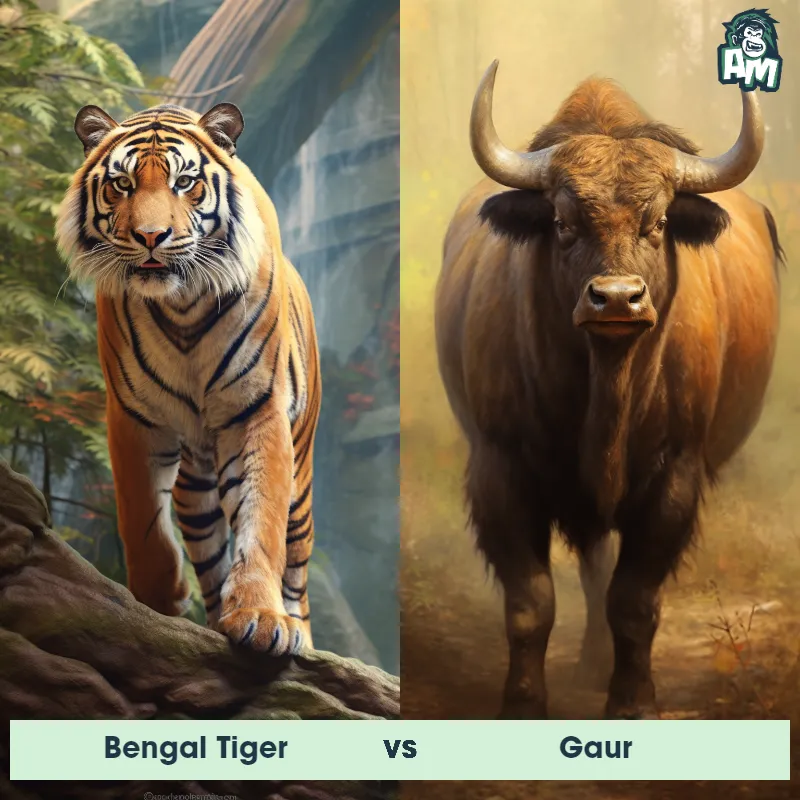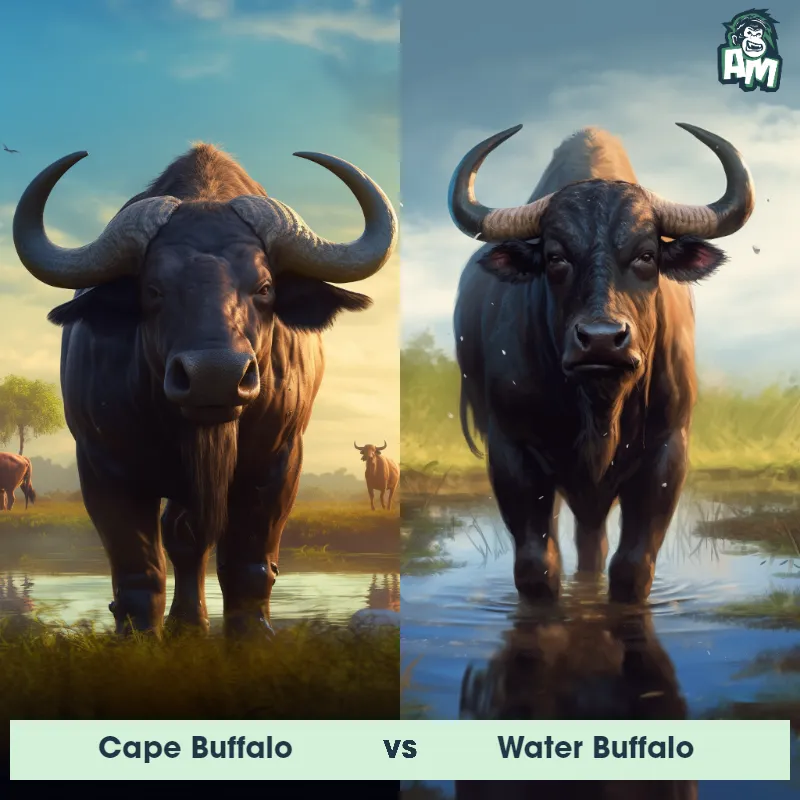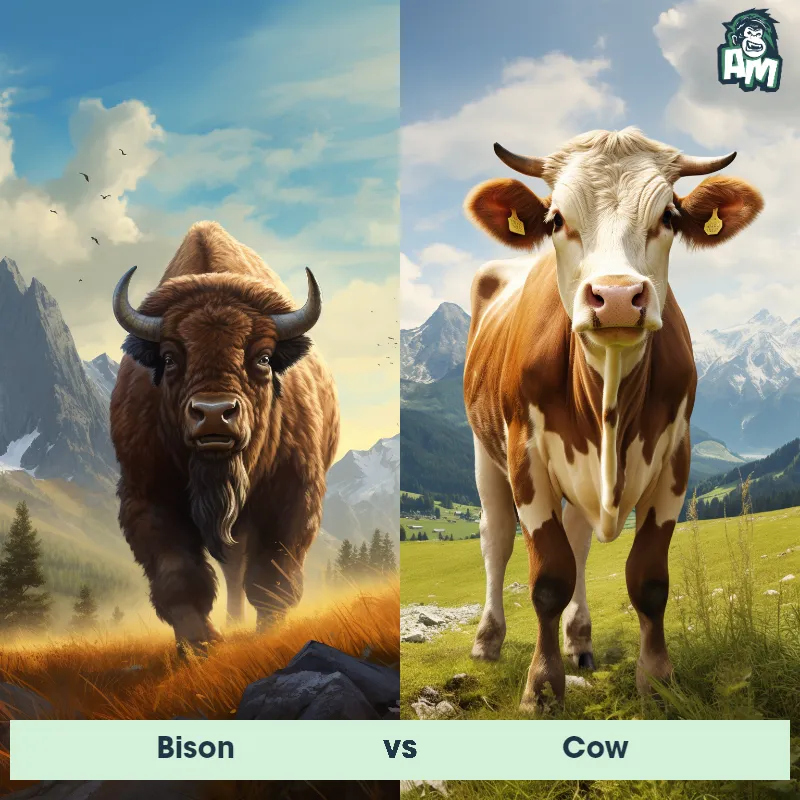Hippo vs BisonSee Who Wins

Ladies and gentlemen, welcome to a thrilling clash of power in the animal kingdom! Today, we have a colossal showdown between two titans of the land. In one corner, we have the mighty Hippo, known for its immense size and fearsome jaw strength. And in the other corner, we have the Bison, renowned for its sheer power and unstoppable charge. Get ready for an epic spectacle as these two giants lock horns and tusks in a battle for dominance!
Contender 1: Hippo
The hippopotamus, often simply referred to as the hippo, is a large, mostly herbivorous mammal native to sub-Saharan Africa. With a barrel-shaped body, short legs, and a massive head with a broad, round snout, the hippo is the third-largest land animal after the elephant and rhinoceros. Hippos spend most of their day in the water or mud to keep their skin moist and protect it from the sun. Despite their bulk, hippos are excellent swimmers and can run surprisingly fast on land.
Fun Fact: Hippos secrete a natural sunscreen in the form of an oily red substance, which earned them the nickname "blood sweat," although it is neither blood nor sweat.
Contender 2: Bison
The bison, also known as the American buffalo, is a massive, hump-shouldered beast known for its iconic place in the history and folklore of the American West. They are covered in a shaggy, dark brown winter coat, and have a lighter-weight, lighter brown summer coat. With their massive size, adult males can weigh up to 2,000 pounds, and both males and females have short, curved horns, which they use in fighting for status within the herd and for defense.
Fun Fact: Despite their massive size and seemingly lumbering movements, bison are remarkably agile and quick, capable of running up to 35 miles per hour and jumping high fences.
Matchup Stats
| Hippo | Bison | |
|---|---|---|
| Size | 5 feet tall at shoulder, 13 feet long (1.5 meters tall at shoulder, 4 meters long) | 5-6.5 feet tall at the shoulder (1.5-2 meters) |
| Weight | 3,000 to 4,000 pounds (1,400 to 1,800 kilograms) | Up to 2,000 pounds (907 kilograms) |
| Speed | 19mph (30km/h) | 37mph (60km/h) |
| Key Strength | Powerful jaws with large teeth | Powerful size, speed, and horns |
| Biggest Weakness | Poor eyesight | Limited agility due to size |
Current Votes
Hippo vs Bison
See Who Wins
View More Matches
Looking For More?
Similar Matches
Scientific Stats
| Hippo | Bison | |
|---|---|---|
| Scientific Name | Hippopotamus amphibius | Bison bison |
| Family | Hippopotamidae | Bovidae |
| Habitat | Rivers, lakes and swamps | Grasslands, prairies, and forests |
| Geography | Sub-Saharan Africa | North America |
| Diet | Herbivorous, primarily grasses | Herbivore, primarily grasses and sedges |
| Lifespan | 40 years - 50 years | 12 years - 20 years |
Key Differences between Hippo and Bison
- Habitat: Hippos are primarily found in aquatic environments such as rivers, lakes, and swamps, often completely submerged except for the eyes and nostrils, whereas bison inhabit grasslands and open prairies, with their strong legs adapted for running and roaming across vast areas.
- Size: Hippos are significantly larger than bison, with adult males weighing up to 3,000 kg (6,600 lbs) and standing around 1.5 meters (5 feet) tall, whereas bison males weigh around 900-1,000 kg (2,000-2,200 lbs) and stand about 1.8 meters (6 feet) tall at the shoulder.
- Skin and Hair: Hippos have hairless skin with a thick layer of fat, often appearing smoother, while bison have a shaggy coat of hair that is typically long and thick, particularly in the colder months.
- Horns: Male hippos possess sharp, curving ivory tusks that can grow up to 51 cm (20 inches) long. In contrast, both male and female bison have large, thick, and curved horns that can reach up to 61 cm (24 inches) in length.
- Coloration: Hippos have a dark gray or grayish-brown skin, occasionally appearing pink due to their capillaries close to the surface, while bison have a brownish-black to dark brown coat that lightens slightly towards the underbelly.
- Shape: Hippos have a barrel-shaped body with a large, round head, while bison have a more elongated body with a hump over their shoulders and a triangular-shaped head.



